Everyone’s brewing journey starts somewhere. Ours started on November 30, 2013, two days removed from Thanksgiving. We had a brew bucket with a lid, a 20 quart stockpot, a spinnable thermometer with a fat bottom and long skinny neck, Briess Victory Malt, LD Carlson Co extract malt, East Kent Golding and Citra® hops, and California Ale Yeast (Serial Number WLP001). And we had Paul. Paul was the brewing expert among the group. He had either brewed before, or had a friend who had brewed before, or saw a show on TV where someone had a friend who had brewed before. Paul, it was understood, would shepherd us to brewing greatness.
The plan was to recreate Dogfish Head’s iconic 60-minute IPA. The recipe was part of an introductory brewing book that Paul had purchased for us called “Extreme Brewing: An Introduction to Brewing Craft Beer at Home.” And on p. 144 of Extreme Brewing under the “Master Brewers” section was our recipe for success:
6 oz crushed amber malt, 7 lbs light dry malt extract, Warrior, Simcoe, and Amarillo hops, something called Irish moss, Wyeast Ringwood Ale (Serial # 1187).
None of these ingredients matched any of the ingredients we had gathered, but perhaps this was the point of Extreme Brewing. In Paul We Trust.
Save for Paul, none of us had ever brewed before. That said, we did all come from strong scientific backgrounds, and that grounding in scientific process led us to record detailed notes of the process.
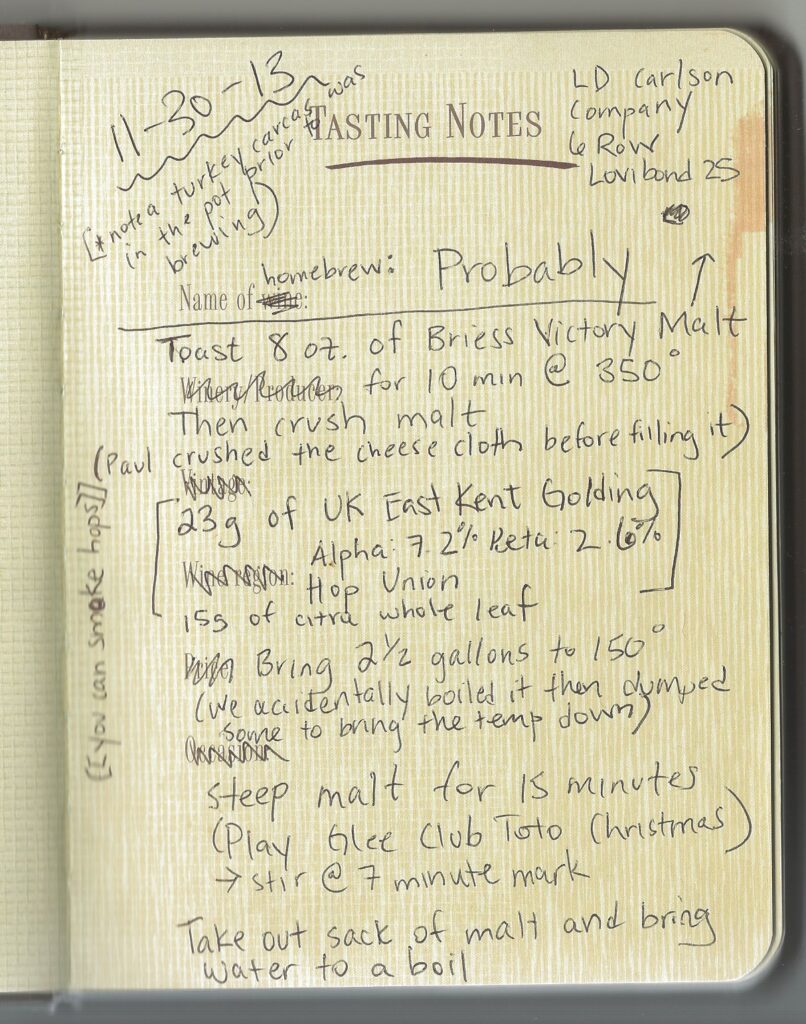
Step 1. Toast 8 oz. of Briess Victory Malt for 10 min @ 350° F
Step 2. Crush toasted malt
Step 3. Steep malt in hop sock for 15 minutes
Over the next seven years, we would casually brew once every year or so under the careful tutelage of Paul, and we would learn to incorporate this Victory malt steep into each of the handful of recipes that we brewed, regardless of beer style. To us, this was simply the first step in the home brewing process: 1) toasted victory malt steep, 2) mash, 3) sparge, 4) boil, 5) ferment, 6) dry hop/keg. It was not until 2020, when we independently researched beer recipes, that we realized this was not at all a required step in the brewing process. When we pressed Paul for why we always did this toasted steep when we brewed, he replied, “Yeah, no. I don’t know. That’s just my thing. It’s like my signature move. Like that crane kick in Karate Kid.”

“Yeah, no. I don’t know. That’s just my thing. It’s like my signature move. Like that crane kick in Karate Kid.”
Paul
What happened after the Victory steep during our first-ever boil can only be described as a dizzying array of additions and subtractions to our boiling cauldron. You see, the introductory Extreme Master Brewer recipe required the use of a Zopinator, a PVC auger-like contraption conceived by Paul Zocco (Zok’s Homebrewing Supplies).
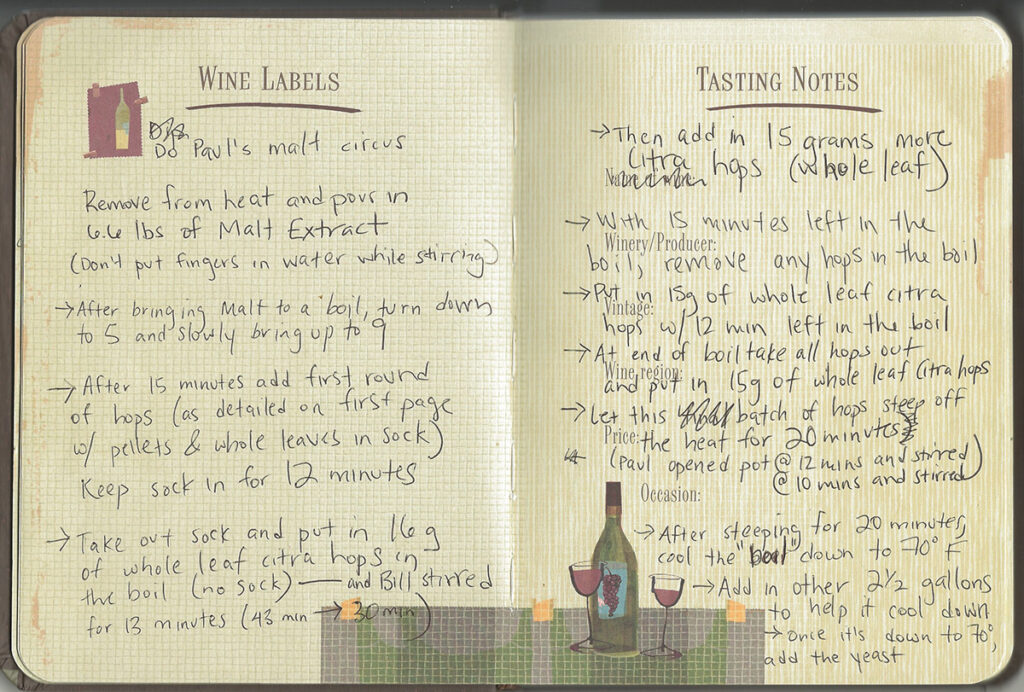

This device would steadily drop a pellet or two of hops into the cauldron over the course of the 60-minute boil. Think automatic aquarium fish feeder but for beer. Much like the recipe ingredients, we had none of the materials needed to craft the Zopinator. Instead, we would use a series of strategically timed hop bag additions; each addition would then be removed from the cauldron prior to the next addition. These removals, Paul reasoned, would somehow simulate the continuous hopping action of the Zopinator.
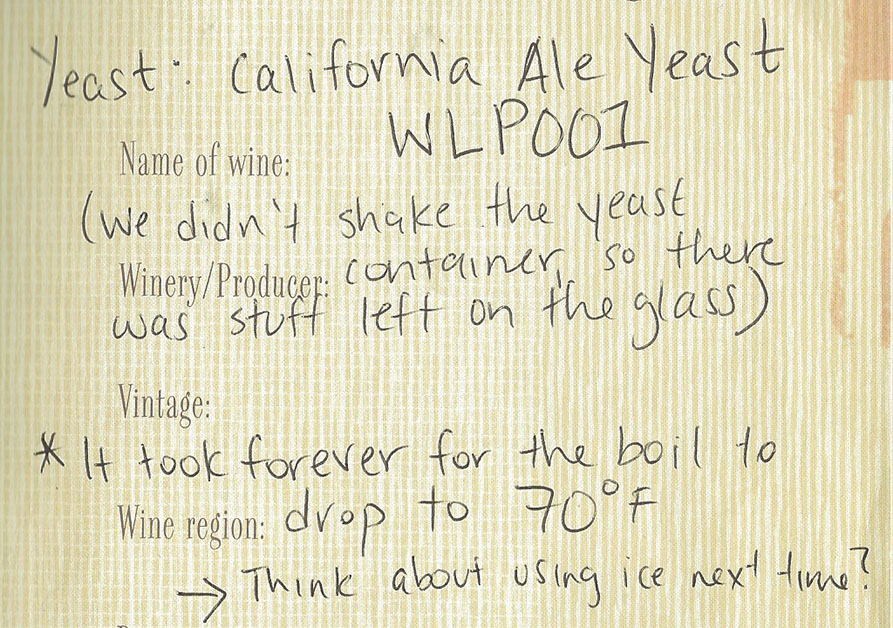
We spent the next several hours waiting for our boiled wort to chill to 70° F. We took advantage of this time to brainstorm names for our extreme master brew, ultimately settling on “Probably” because there was a general consensus it would probably be beer.
We used a digital meat thermometer to monitor our wort’s descent to 70° F. The spinnable fat-bottomed thermometer used some unfamiliar scale called S.G., and it was unclear how to convert S.G. to Fahrenheit.
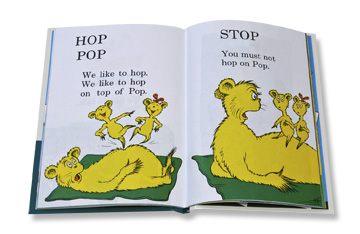
Fast forward to 2020. We have learned a lot since our first brew. To be more accurate, we have learned a lot in the last six months. We started brewing weekly. We read. Watched videos. Asked questions. Stopped blindly trusting Paul. We learned that the floating, spinning, fat-bottomed thermometer is a hydrometer. We’ve learned not to put a pound of aromatic malt into a pale ale. We’ve learned the importance of water chemistry. We learned how to hop and how not to hop.
From 2013 to 2019, we brewed a total of seven 5-gallon batches. Surprisingly, “Probably” turned out pretty good. Probably our best of the seven. Our one-hit-wonder. Perhaps it was because it was the only extract brew we have ever attempted. Perhaps the brewing gods were simply smiling down upon us that night that turned into early morning while we waited for our wort to cool.
Why are we sharing this story? For one, accomplished brewers have all walked in our shoes at one point. Each has his or her own nostalgic beginning or an old friend named Paul. And while they might get a chuckle out of our maiden voyage, they are by and large an incredibly helpful bunch. Thank you for your books, blogs, articles, videos, brewing software, and myriad other home brew innovations.
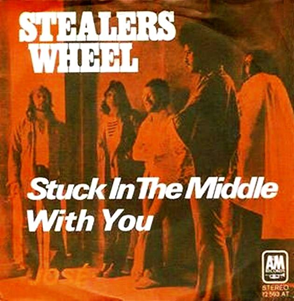
If you’re new to brewing, we hope this site will prove to be a useful resource as you progress a brewer. Our expertise now falls somewhere in the middle. We think we’ve learned just enough to bridge the gap between what the experts know and simply do as a matter of course and what we as aspiring brewers need to know to be successful. The challenge, of course, is explaining concepts in an easily digestible manner. Because we are not so far removed from our novice beginnings, we believe we’re in a good spot to try.
Over the coming weeks and months, we plan to roll out a series of articles on the homebrewing process told through the lens of a beginner. Said differently, we’re going to try to tell you what we wish we had known (and the order in which we wish we had known them). We’ll share some video tutorials. And we’ll make lots of mistakes so that you don’t have to. We’ll do our best to answer questions, and with any luck, we’ll try to coax some experts and legends to check in on all of us from time to time. With a beer in hand, and the anonymity of the internet between us all, what could possibly go wrong?